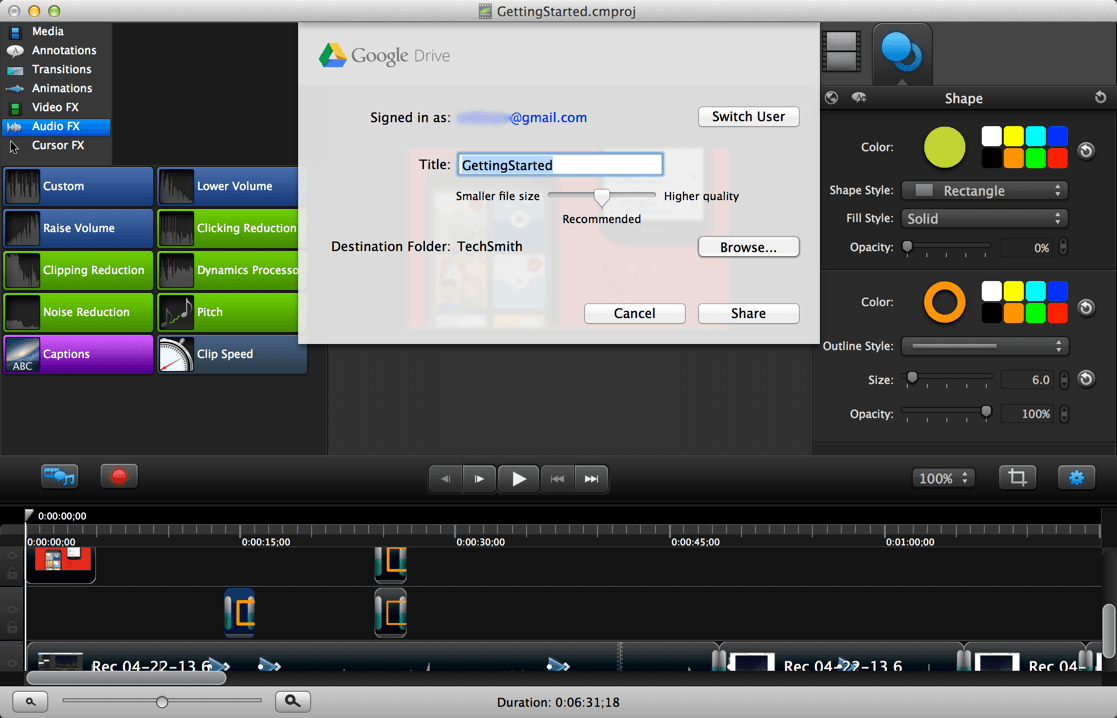November 18, 2014
8 Tips To Effectively Use YouTube in eLearning
In this article I'll discuss about the various ways that you can use YouTube to create collaborative and powerful eLearning courses. The key to tapping into the power of YouTube is to know how to effectively integrate it into your eLearning strategy.
by Christopher Pappas











